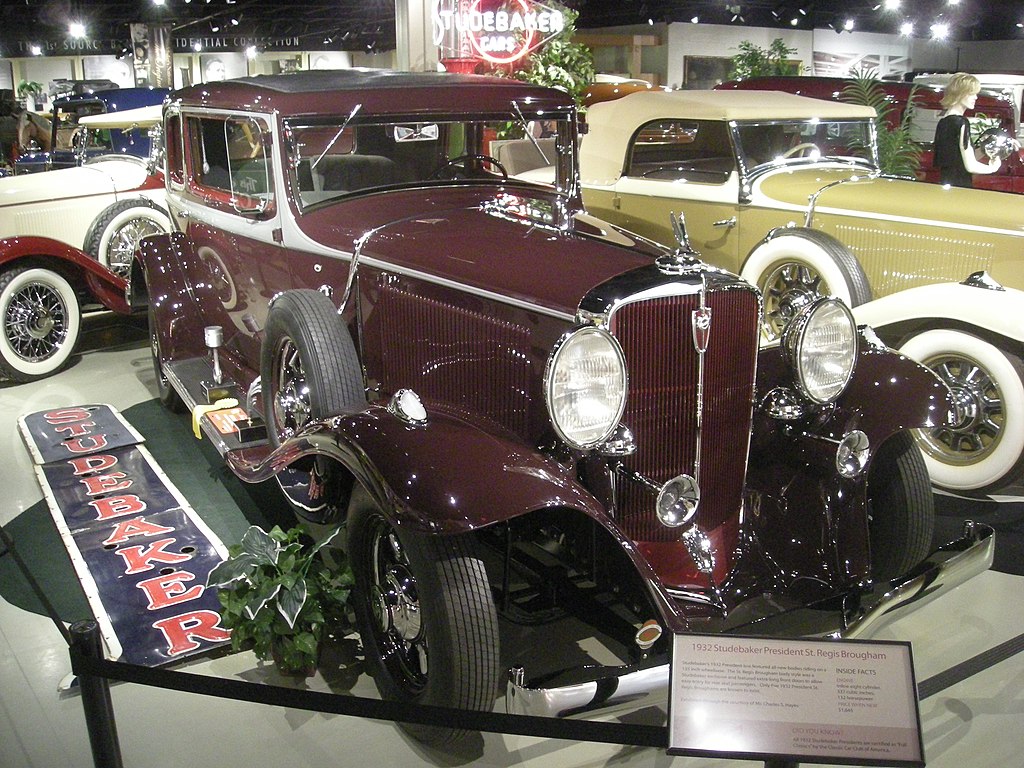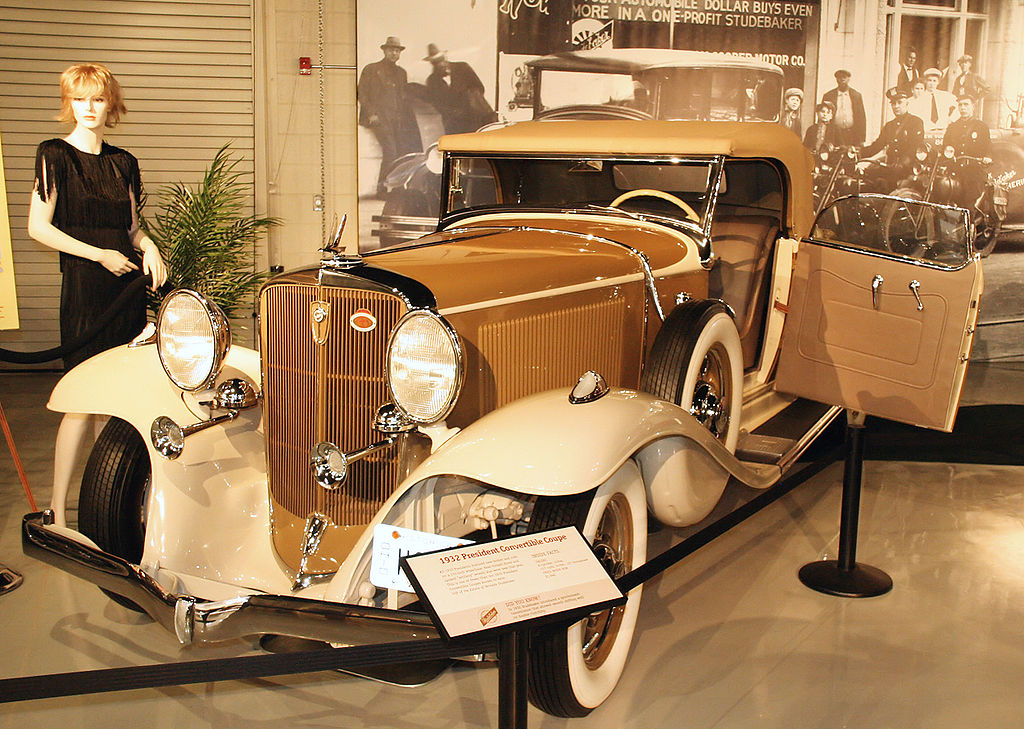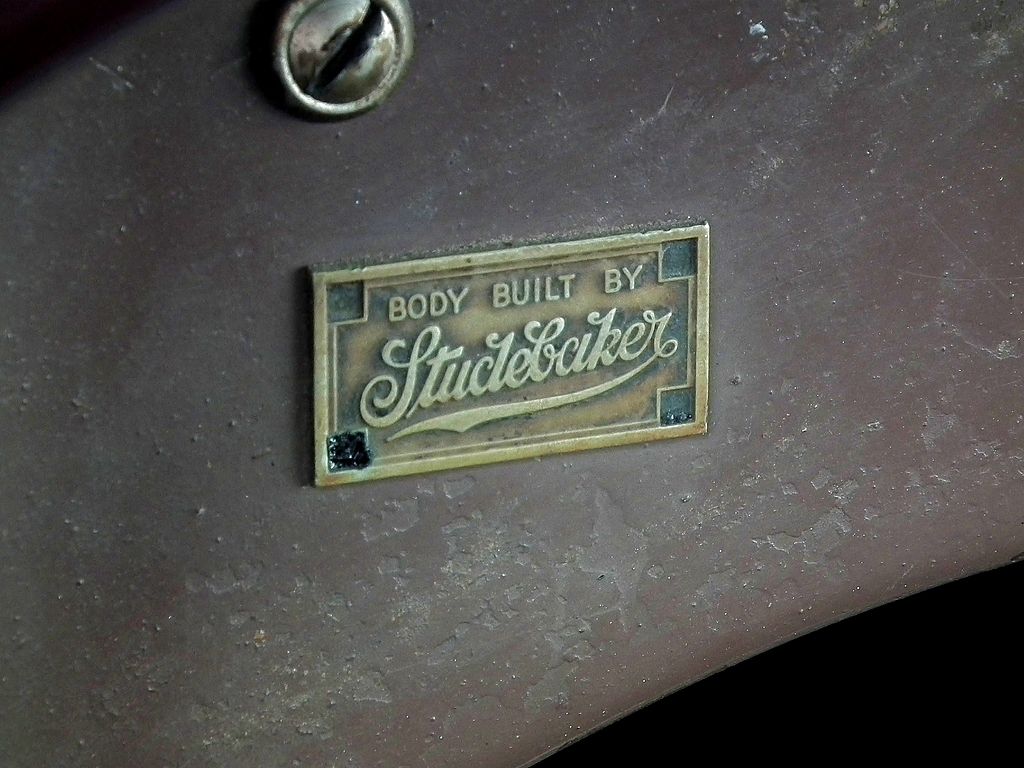Explore the specifications and features of the 1932 Studebaker President and Commander, showcasing their impact on automotive design and technology.

Studebaker in 1932: A Glimpse into History
In 1932, Studebaker was a prominent player in the automobile industry, known for its rich legacy of producing innovative and stylish vehicles. The brand’s reputation for quality and design was well-established, and this was evident in the diverse range of models it offered during that era. Studebaker’s presence in the market was marked by a commitment to pushing the boundaries of automotive technology and design, setting a standard that would influence future developments in the industry.
During this period, Studebaker’s 1932 models, including the President and Commander, not only captured the essence of the era but also reflected the brand’s forward-thinking approach. These vehicles were not just modes of transportation; they were a statement of elegance and sophistication, embodying the craftsmanship and attention to detail that Studebaker was renowned for. The impact of these models extended beyond their contemporary significance, laying the groundwork for the evolution of automotive design and technology in the years to come, solidifying Studebaker’s enduring legacy in the history of automobiles.

The Range of Body Styles and Production Numbers
The 1932 Studebaker President was known for its versatility, offering a selection of body styles to cater to different tastes and requirements. For instance, the Convertible Sedan, Coupe, Limousine, and Roadster Convertible variations showcased the brand’s commitment to providing diverse options, ensuring that potential buyers could find a model that matched their preferences and lifestyle. This range of body styles not only reflected Studebaker’s dedication to meeting consumer needs but also contributed to the overall appeal and popularity of the 1932 President.
Moreover, the production numbers of the 1932 Studebaker President and Commander are indicative of their significant presence in the automobile market at the time. With 2,399 examples of the President and 3,551 examples of the Commander, these models were not only widely available but also garnered substantial attention from consumers. The production figures underscore the impact and influence of Studebaker in the automotive industry during the early 1930s, solidifying the brand’s position as a notable player in the market.
Furthermore, the availability of various body styles and the significant production numbers of the 1932 Studebaker President and Commander were complemented by their competitive pricing and features. These aspects contributed to the overall appeal and success of the models, positioning them favorably among their contemporaries and offering consumers compelling options for their transportation needs.
Power and Performance: The Heart of Studebaker
The 1932 Studebaker President boasted an impressive inline 8 engine, a true marvel of engineering for its time. With a displacement of 5522 cc and a power output of 122 brake horsepower (BHP) at 3200 RPM, the Studebaker President was at the forefront of automotive performance. This level of power was a defining feature of the President, setting it apart from many of its contemporaries and making it a sought-after vehicle for those who valued robust performance.
In addition to its powerful engine, the 1932 Studebaker President featured a cutting-edge transmission system, delivering power through a 3-speed manual ‘box. This transmission setup not only enhanced the driving experience but also demonstrated Studebaker’s dedication to technological innovation and performance excellence. When compared to other vehicles of the era, the Studebaker President’s exceptional power and performance capabilities became even more apparent, solidifying its reputation as a high-performing automobile that captured the imagination of car enthusiasts and drivers alike.
Stylish Design and Innovation
The 1932 Studebaker President and Commander were not only renowned for their exceptional performance but also for their diverse range of body styles, showcasing the brand’s commitment to addressing various consumer preferences. The models were available in body styles such as Convertible Sedan, Coupe, Limousine, and Roadster Convertible, providing options for individuals seeking elegance, sportiness, or luxury in their vehicles. For example, the Convertible Sedan offered a perfect blend of open-air driving experience and luxurious comfort, appealing to those who valued both style and practicality.
In addition to the array of body styles, the 1932 Studebaker President and Commander boasted unique design features that distinguished them from other vehicles of their time. From sleek, streamlined exteriors to meticulously crafted interiors, these models embodied Studebaker’s dedication to creating automobiles that were not only visually appealing but also technologically advanced. For instance, the incorporation of innovative materials and attention to detail in the interior design set new standards for luxury and comfort in the automotive industry, leaving a lasting impression on car enthusiasts and competitors alike.
Furthermore, the innovations and design elements of the 1932 Studebaker President and Commander were influential in shaping the future of automotive design. Features such as aerodynamic styling, improved ergonomics, and advanced engineering techniques pioneered by Studebaker set a precedent for the development of subsequent vehicle models. This legacy of innovation underscores the enduring impact of the 1932 Studebaker President and Commander on the evolution of automotive design and technology, solidifying their position as iconic vehicles of their era.
Affordability and Economic Context
During the 1930s, the average cost of a car was $610, making the 1932 Studebaker President and Commander relatively affordable options for consumers. This price point positioned Studebaker as a competitive choice in the automobile market, especially when compared to other contemporary vehicles. For instance, the Studebaker President and Commander were similarly priced to the Buick Series 90 and the Packard Model 900 Light Eight, showcasing their affordability and value for potential buyers.
To further understand the economic context of the era, it’s essential to consider the average household income and living expenses in 1932. With the average household income at $1,650 and a gallon of gas costing $0.10, the pricing of the 1932 Studebaker models becomes even more significant in relation to the financial landscape of the time. This data offers valuable insights into the purchasing power and economic circumstances of individuals and families during the Great Depression, highlighting the practicality and accessibility of the Studebaker President and Commander within that context.

Reflecting on Studebaker’s Enduring Legacy
The 1932 Studebaker models, including the President and Commander, stand as testament to the brand’s enduring legacy in the automotive industry. During this period, Studebaker positioned itself as a manufacturer committed to producing high-quality vehicles with innovative features.
The 1932 Studebaker models, in particular, reflected the brand’s dedication to craftsmanship and design, setting a benchmark for excellence in the era’s automobile landscape. The President and Commander models not only captured the attention of automotive enthusiasts with their art deco flair but also influenced the future trajectory of automotive design and technology, leaving an indelible mark on the industry.
One of the most notable impacts of the 1932 Studebaker models was their influence on subsequent automobile design and technology. The innovative features and advanced specifications of the President and Commander set new standards for performance, comfort, and style. For example, the inline 8 engine with a displacement of 5522 cc and power output of 122 BHP at 3200 RPM in the Studebaker President was a technological marvel of its time, showcasing Studebaker’s engineering prowess.
Additionally, the variety of body styles offered for these models – including Convertible Sedan, Coupe, Limousine, and Roadster Convertible – demonstrated the brand’s commitment to providing diverse options to cater to different consumer preferences. This enduring influence has piqued the interest of automotive historians and vintage car collectors, encouraging them to explore the rich legacy of Studebaker and its impact on the evolution of automobiles, making it an integral part of automotive history.
Want to join our conversation about classic cars? Join Classic Cars Online US on Facebook to share your thoughts.
